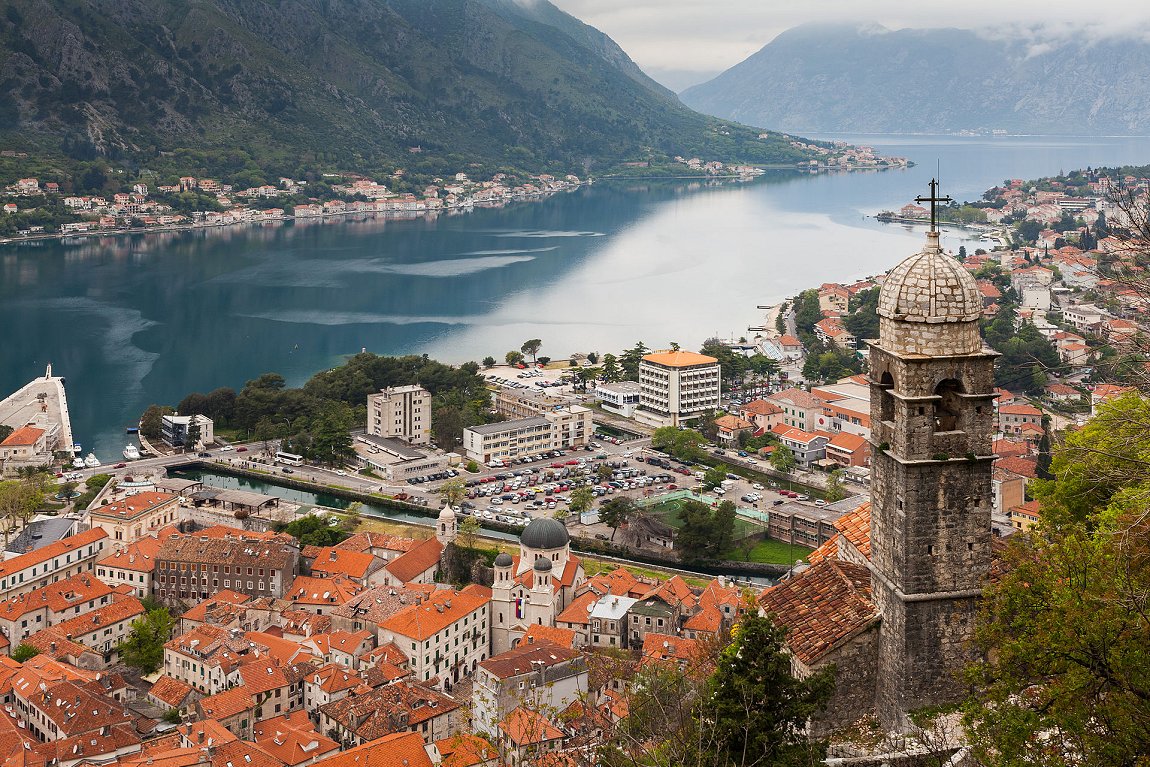 Bay of Kotor, Montenegro
Bay of Kotor, MontenegroSource: https://commons.wikimedia.org/wiki/Category:Featured_pictures_of_Montenegro#/media/File:Iglesia_de_Nuestra_Se%C3%B1ora_de_los_Remedios,_Kotor,_Bah%C3%ADa_de_Kotor,_Montenegro,_2014-04-19,_DD_29.JPG
Author: Diego Delso

Montenegro (Црна Гора/Crna Gora) is a small Baltic country in Southeastern Europe. Covering 13,812 sq km (5,019 sq mi), it is bordered by Serbia to the east, Albania to the southeast, Croatia to the west, and Bosnia and Herzegovina to the northwest. It has a population of around 670,000 (2011 estimate). Its capital and biggest city is Podgorica.
The official language of Montenegro is called Montenegrin. It is a parliamentary republic with a president as head of state and a prime minister as head of government. The country is in the Central European Time Zone, which is an hour ahead of Coordinated Universal Time (UTC+1) and two hours in summer. Montenegro adopts the Euro as its official currency, although it is not formally a member of the Eurozone. Traffic here is driven on the right. The phone IDD code is +382.
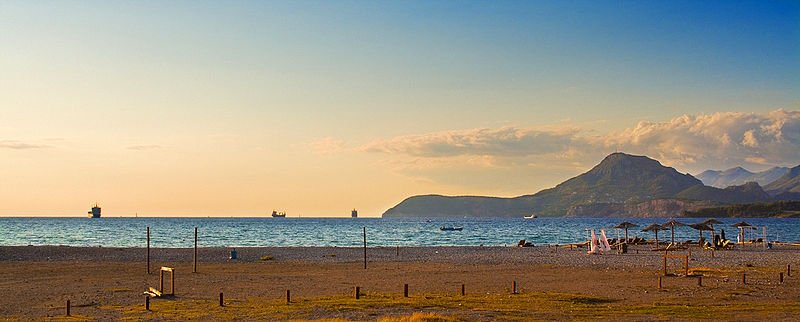 Beach resort of Bar in Montenegro
Beach resort of Bar in MontenegroSource: https://commons.wikimedia.org/wiki/File:Main_town_beach_in_Bar,_Montenegro.jpg
Author: Damjan Damjanovic

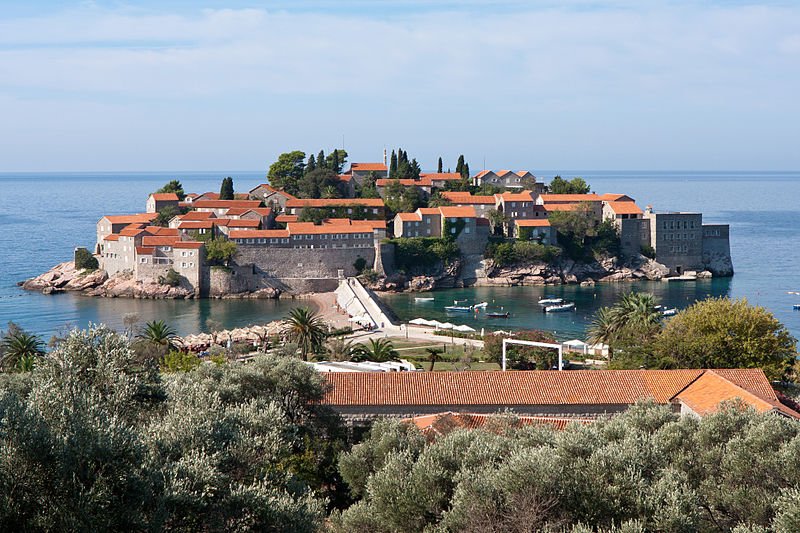 Sveti Stefan, Montenegro
Sveti Stefan, MontenegroSource: https://commons.wikimedia.org/wiki/File:Sveti_Stefan_2010_-_2.jpg
Author: donald

In 2010, Montenegro had an estimated nominal GDP of $4.105 billion, and a per capita nominal GDP of $6,107. Its per capita GDP at purchasing power parity stood at $10,286.
The area of present-day Montenegro was conquered by the Romans in 9 AD. This led to it being part of the Roman Empire, and subsequently the Byzantine Empire, until AD 1042. Over the centuries, as its power diminished, it was absorbed into neighboring Serbia.
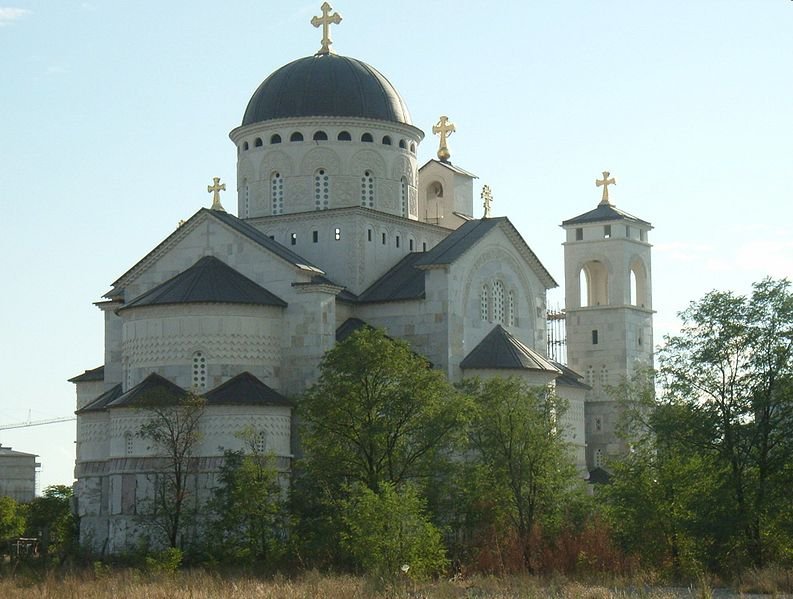 Orthodox Resurrection Church, Podgorica, Montenegro
Orthodox Resurrection Church, Podgorica, MontenegroSource: https://commons.wikimedia.org/wiki/File:Podgorica_Ressurection_church.JPG
Author: Mazbln

For a brief period from 1455 to 1499, Montenegro reappeared as a kingdom ruled by the Crnojevićs, until it was conquered and added into the Ottoman Empire. Over time, Montenegro began to enjoy a high level of autonomy within the empire. Nevertheless, subjugation to Ottoman rule was received grudgingly, with sporatic rebellion erupting from time to time.
The defeat of the Ottomans in the Great Turkish War (1683-1699) released Montenegro to foege its own course. It became a theocracy ruled by prince-bishops. The Venetian Republic forced the theocracy to take a Venice-appointed governor, an arrangement that continued until 1797, when the Austrian Empire succeed the Venetian Republic. In 1832 Prince-Bishop Petar II abolished the governors.
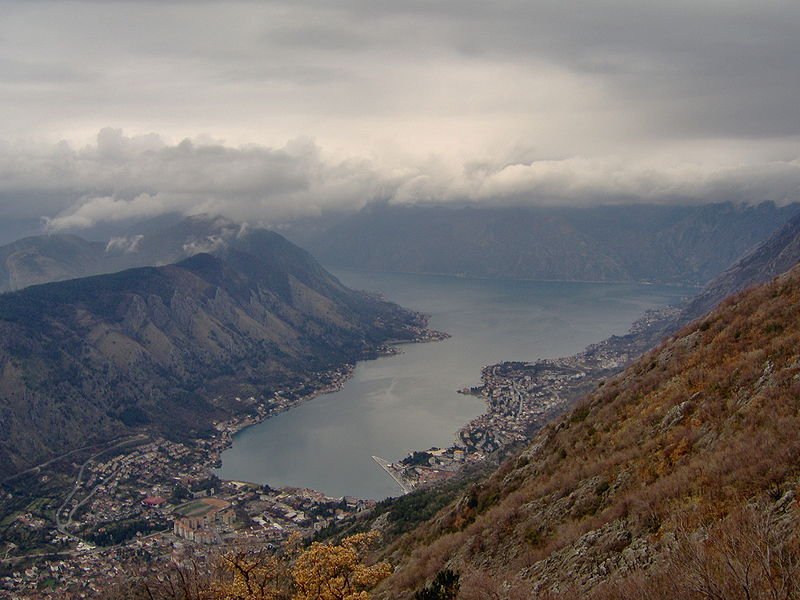 View of Kotor, Montenegro
View of Kotor, MontenegroSource: https://commons.wikimedia.org/wiki/File:Kotor,_Montenegro,_Boka_Kotorska.jpg
Author: Litany

Montenegro became a kingdom in 1910. In 1918, following the end of World War I, it was merged with Serbia. It was integrated to the Kingdom of Serbs, Croats and Slovenes in 1922, which leads to it being part of the Kingdom of Yugoslavia in 1929. Montenegro remained part of Yugoslavia even as the country disintegrated, with Slovenia, Croatia and Bosnia and Herzegovina breaking away.
During the Bosnian and Croatian conflicts, Montenegrin forces commited gross violations of human rights in attempting acquire more territory, leading to Montenegrin General Pavle Strugar being convicted for his role in bombing Dubrovnik. On 21 May 2006, the people of Montenegro voted in a referendum to be in independent nation. Since going their separate ways, relations between Serbia and Montenegro has been a bit bumpy.
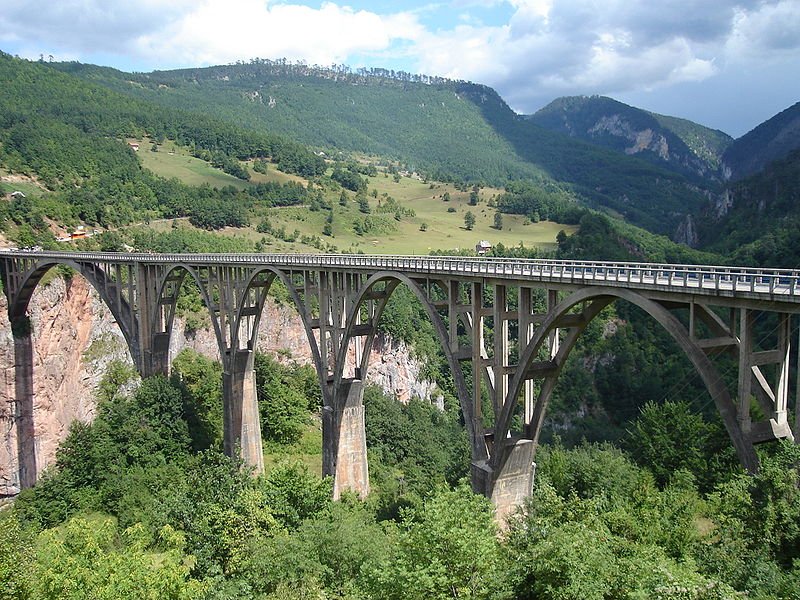 Đurđevića Tara Bridge, Montenegro
Đurđevića Tara Bridge, MontenegroSource: https://commons.wikimedia.org/wiki/File:Montenegro_Tara_bridge.JPG
Author: Cornelius Bechtler

Planning your visit to Montenegro
From Nov 2010, visitors who do not need a visa include citizens of Albania, Aruba, Argentina, Australia, Austria, Belgium, Bermuda Bosnia and Herzegovina, Brazil, Brunei, Bulgaria, Canada, Chile, Costa Rica, Croatia, Cyprus, Czech Republic, Denmark, Estonia, Finland, France, Germany, Greece, Guatemala, Honduras, Hong Kong, Hungary, Iceland, Ireland, Israel, Italy, Japan, Latvia, Liechtenstein, Lithuania, Luxembourg, Macau, Macedonia, Malaysia, Malta, Mexico, Monaco, the Netherlands, New Zealand, Nicaragua, Norway, Panama, Paraguay, Poland, Portugal, Romania, San Marino, Saudi Arabia, Seychelles, Singapore, Slovakia, Slovenia, South Korea, Spain, Sweden, Switzerland, Turkey, United Kingdom, United States and Venezuela.If you are flying to Montenegro, your destination airports include the Podgorica Airport, Tivat Airport or Dubrovnik Airport in neighboring Croatia.
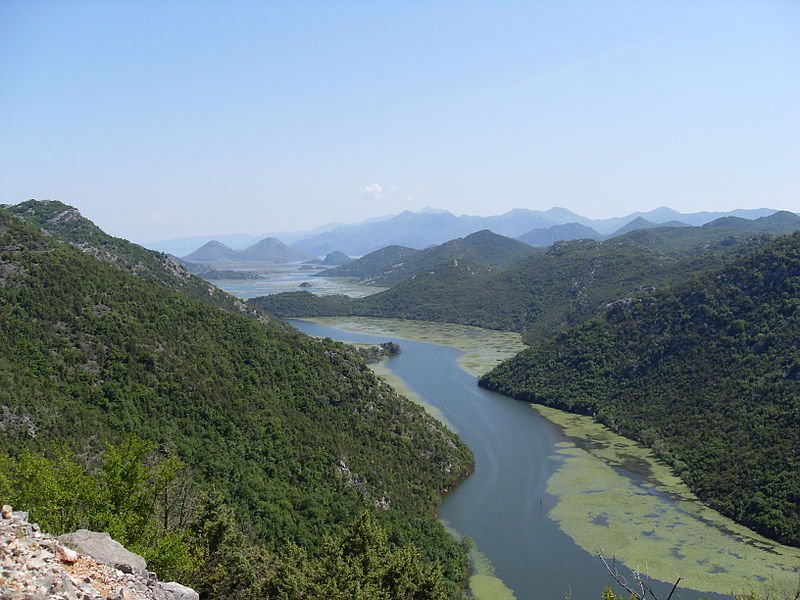 View of Lake Skadar, near the city of Rijeka Crnojevica
View of Lake Skadar, near the city of Rijeka CrnojevicaSource: https://commons.wikimedia.org/wiki/File:Westlicher_Teil_des_Skutarisee.JPG
Author: Wusel007

Major Cities in Montenegro
- Podgorica - capital
- Bečići
- Budva
- Cetinje
- Herceg Novi
- Kotor
- Nikšić
- Perast
- Žabljak
Places of Interest in Montenegro
- Biogradska Gora National Park
- Lovćen National Park
- Mount Ostrog
- Skadar Lake National Park
- Sveti Stefan
 Latest updates on Penang Travel Tips
Latest updates on Penang Travel Tips
 Discover with Timothy YouTube Channel
Discover with Timothy YouTube Channel
 PG Food Channel
PG Food Channel
 Learn Penang Hokkien YouTube Channel
Learn Penang Hokkien YouTube Channel
 SojiMart Videos
SojiMart Videos
Latest from Discover with Timothy: Gurney Bay - what to see and do there
About this website

Hello and thanks for reading this page. My name is Timothy and my hobby is in describing places so that I can share the information with the general public. My website has become the go to site for a lot of people including students, teachers, journalists, etc. whenever they seek information on places, particularly those in Malaysia and Singapore. I have been doing this since 5 January 2003, for over twenty years already. You can read about me at Discover Timothy. By now I have compiled information on thousands of places, mostly in Peninsular Malaysia and Singapore, and I continue to add more almost every day. My goal is to describe every street in every town in Malaysia and Singapore.
Robbie's Roadmap
- Episode 1: Robbie's Journey to Financial Freedom
- Episode 2: Lost in America
- Episode 3: The Value of Money
- Episode 4: The Mentor
- Episode 5: The Thing that Makes Money
- Episode 6: The walk with a Billionaire
- Episode 7: The Financial Freedom Awakening
- Episode 8: Meet Mr Washington
- Episode 9: The Pizzeria Incident
Copyright © 2003-2024 Timothy Tye. All Rights Reserved.


 Go Back
Go Back